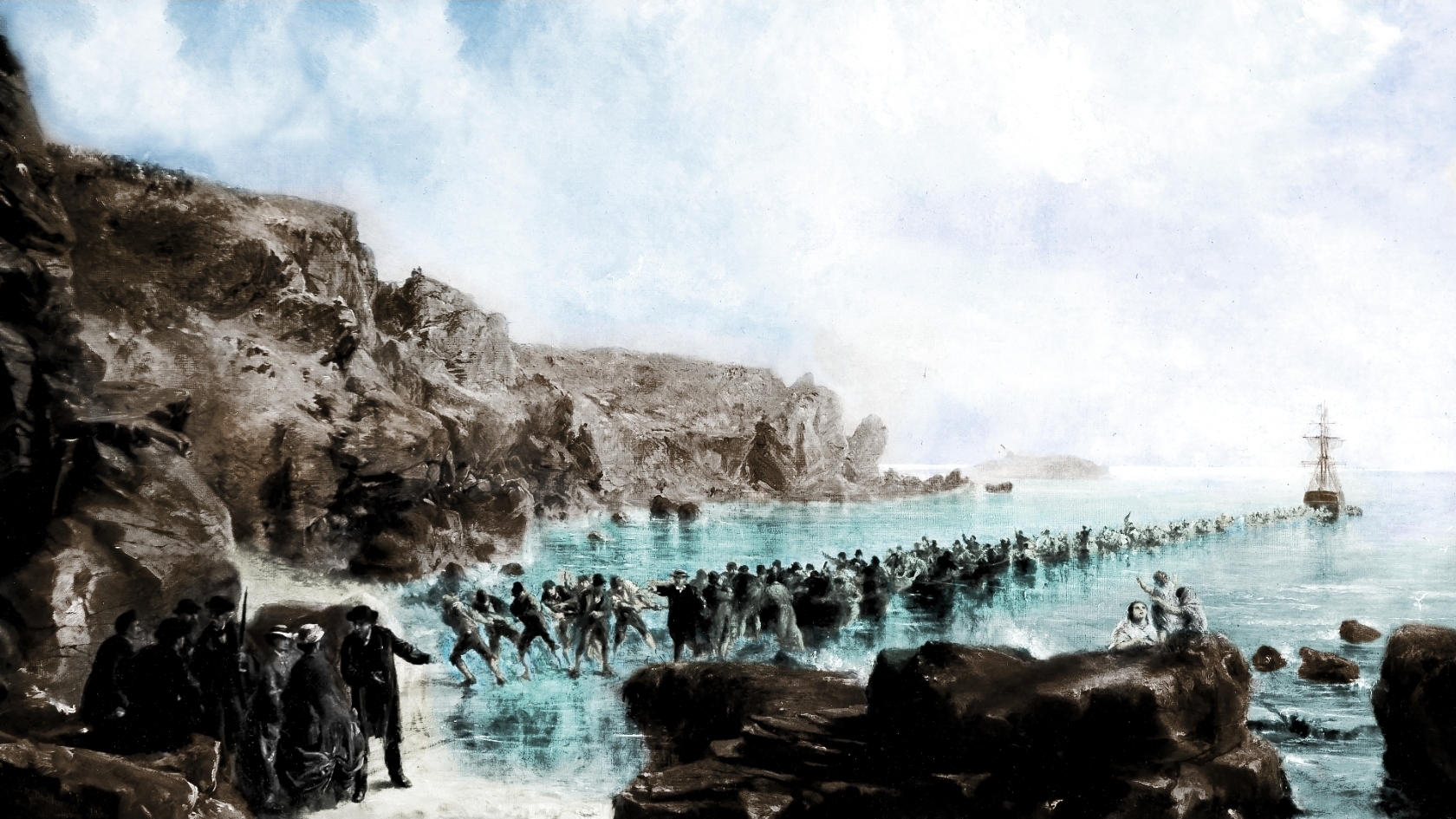
The history of hard wired data communications stems from the first telegraph cables (pictured) laid over 150 years ago. Development in cabling and connecting hardware has been fast paced ever since and it’s hard to believe that current high-speed data networks like Gigabit and 10 Gigabit Ethernet descended from telephone networks from days gone by.
Today’s high-performance data networks and local area networks cannot perform at speed without appropriate cables and connectors. LAN technology has evolved greatly over the years and Ethernet has become the dominant technology for LANs. Due to this evolution and the greater demand for higher networking speeds, cable and components have been developed that can transmit faster speeds over longer distances.
Copper classes and categories were introduced in order that network parameters could be clearly defined and that the appropriate connecting hardware was installed. For example, Category 3 was introduced in the later part of the 1980s and could support voice services as well as 10BASE-T Ethernet. By the mid 1990’s Category 5 had become widely available and was able to support faster network speeds up to 100 Mbit/s. The next wave of cable and connector development came in the form of an enhanced version, CAT5E, which had more stringent crosstalk specifications and could support Gigabit network applications.
Over recent years, Category 6 (CAT6) cable and connectors have become a basic requirement for new buildings in order to support Gigabit network applications and support bandwidths of up to 250MHz. CAT6 is also beginning to replace CAT5E in residential environments. Category 6A (CAT6A) which supports data rates of 10G up to 100 meters and a bandwidth of up to 500MHz is now mandatory in many Data Centers, hospitals and universities have adopted CAT6A as anew minimum requirement.
CAT6A cable is available in shielded and unshielded cables
The first letters indicate the type of overall shield while the latter letters indicate the type of shielding on each pair and the balanced element.
CAT6A U/UTP means the cable consists of 4 unshielded twisted pairs and no outer shielding.
CAT6A F/UTP describes a cable consists of 4 unshielded twisted pairs, however, it contains an outer foil shield. This is a shielded cable.
CAT6A S/FTP (screened/foiled twisted pair) is a cable that has four individually shielded pairs and an outer screen braid around all four pairs.
CAT6A U/FTP cable has all four pairs individually shielded, rather than an outer foil shield.
Other development and research in CAT7, CAT7A and CAT8 are ongoing which will support even higher data transfer rates and bandwidths.

